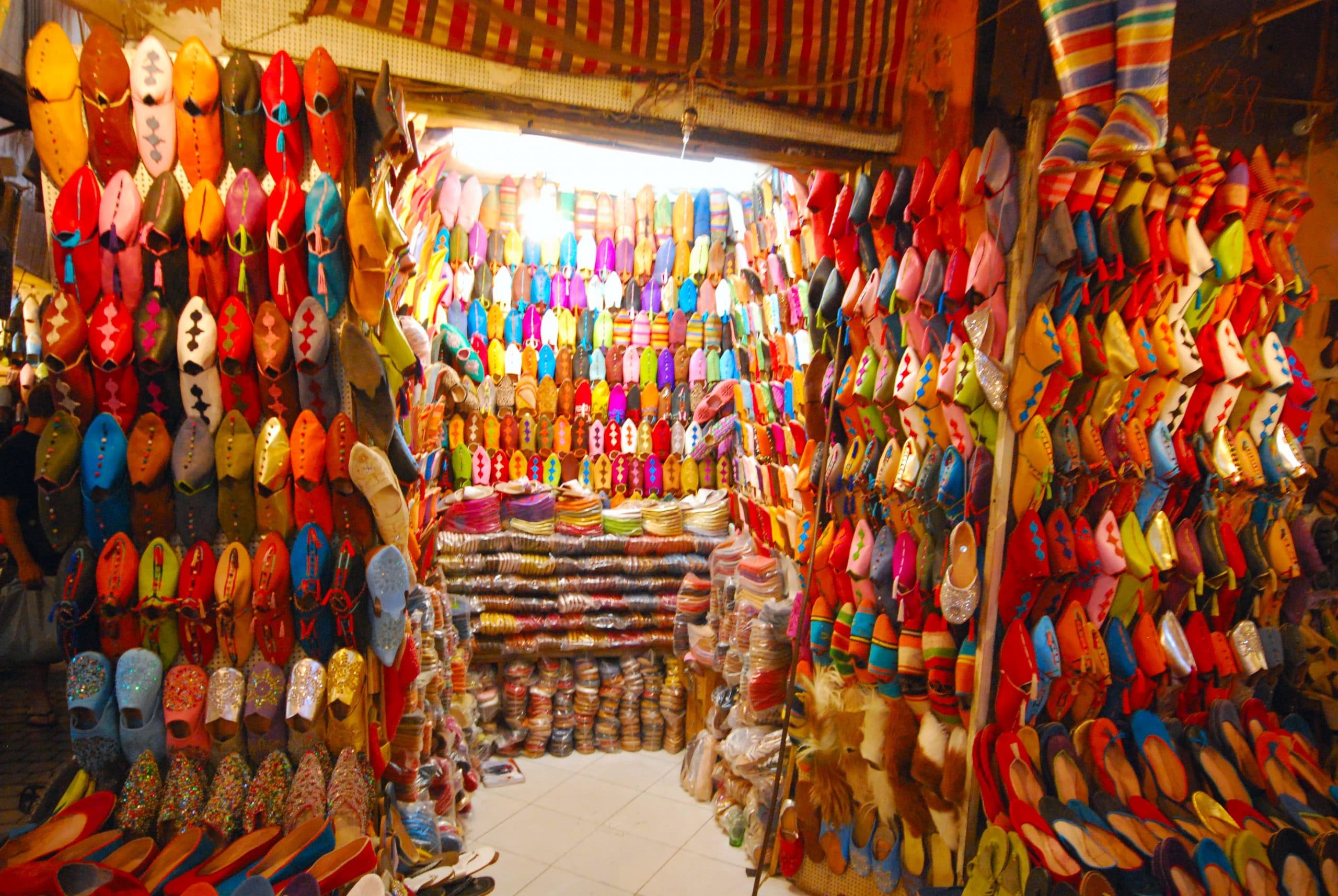
When we think Morocco, one of the first pictures that comes to mind resides in its souks, labyrinths of stalls full of colors where the aromas of peppermint, incense or leather are mixed with traders hardened in the art of seducing the visitor who is merge with these meccas of haggling. Visit the souks of Marrakech It requires our five senses plus one to enhance, that of the art of being carried away by the bustle of the most important city in Morocco.
Souq Smarine: threshold of the souks of Marrakech
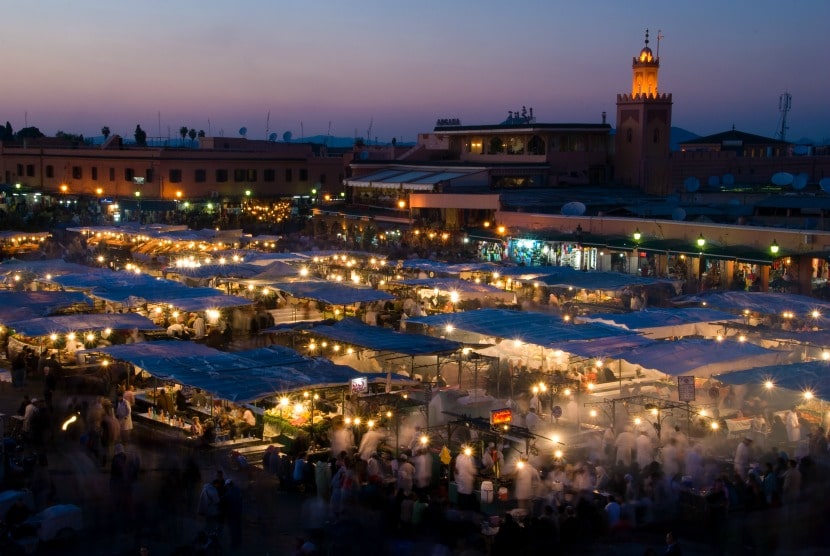
If you ever read Arabian Nights, you will surely recognize part of that exoticism when you get to Jemaa-el-Fna square, the nerve center of the city of Marrakech. A place whose charisma is so peculiar that the committee of the Unesco a new patrimonial category had to be invented that encompassed snake charmers, tattoo artists from henna, the food stalls, the bargaining, the carpets and lamps or the storytellers that still narrate desert legends throughout this square. A show for the senses and the best place from which to enter the Marrakech souks.
To the north of Jemaa-el-Fna you will find the arch that identifies the street of Souq Smarine, the main one of all the souks that congregate in Marrakech. From this point on, the typical Berber lamps, slippers and nuts, three of the hundreds of products that can be bought in its streets, begin to appear. To the right of the end of Smarine we will find two alleys: one that leads to the madrassa Ben youseff, One the world's leading Koranic universities, and the leather goods souk, El Kebir. If we continue through the latter we will end up in the Rahba Kedima square, the best place to stop to taste a Moorish tea while we take the strength to lose ourselves in the souks.
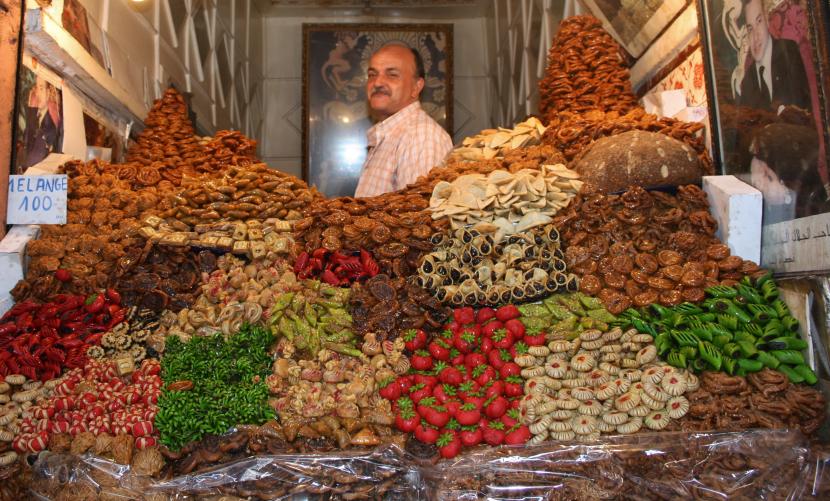
In the markets of Morocco, and more specifically in those of Marrakech, it is important not to control the time, to let yourself go and know that here, in the souks, haggling is a must, which means that each merchant is aware of what we smell, taste and observe, being ours the "obligation" to bet on the lowest price until we get the bargain that we came to look for (in my case I ended up buying products for their initial price towards the end of the day, he was somewhat exhausted). The shopkeepers, in addition, know how to sell you the product well and satisfy the visitor (some even have a playlist that they reproduce based on the nationality of the person visiting their post).
The souks of Marrakech include products for all tastes: the souq Larzal, where wool is sold at dawn, the Souq Smata, the best to buy leather or slippers, the haddadine (or blacksmiths), the ableuh, for lovers of olives and pickles, and even the own Slave Market Berber whose aberrant activities were abolished in 1912 and where carpet auctions are held today.
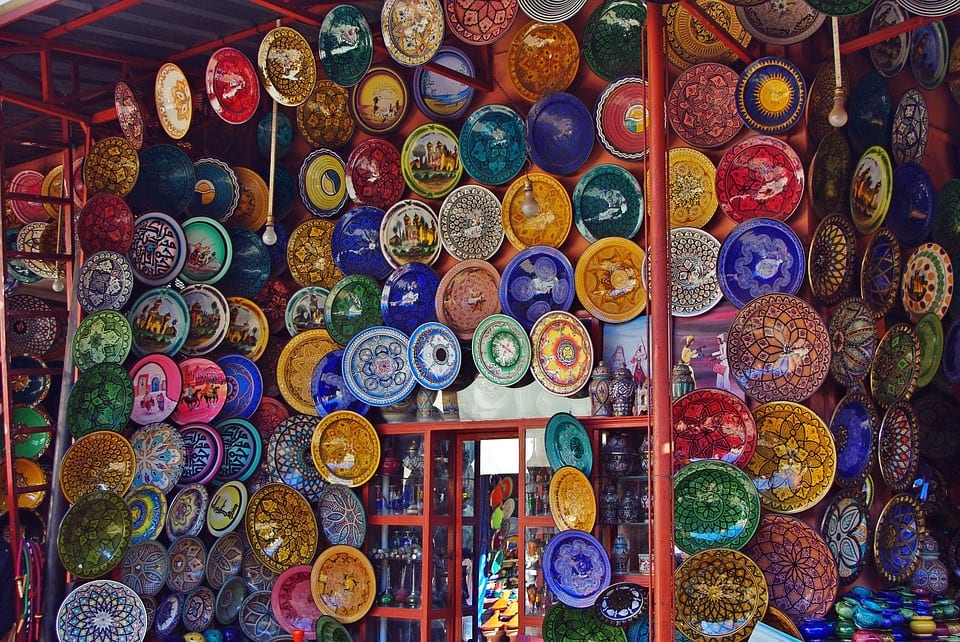
Some stalls will once again remind others that we visited two hours before, we will end up ecstatic with the smell of leather and haggling, hypnotized by the colors and lights of the Arabian lamps, but this is getting lost in the souks of Marrakech: letting yourself go and smell the peppermint that a merchant offers you, sipping a hookah, savoring dates and pistachios while a clever vendor seduces you with a tray of Arabic teas.
At dusk, some stalls close and others display light shows turning the souks into magical places. A bustle that continues to beat when we return to our starting point and look for a place to rest, from which to continue discovering new sensations. For that reason, dine at Jemaa el-Fna it becomes the best way to end our day in the heart of Marrakech.
In the square the owners of the food stalls speak better Spanish than you think and offer everything from seasoned meats to pickles of all flavors and spices. Beer is also consumed here more than anywhere else in the city and the possibility of take a tagine of lamb at the Café de France, one of the most mythical places in Jemaa el-Fna, it becomes the perfect excuse to contemplate some souks from which, possibly, also the carpets fly away when the merchants return home.
Opening hours: From 9 in the morning to 7 in the afternoon.
Carpet Auction Hours: From 4 to 6 in the afternoon at the Slave Market.
Best visiting hours: From 10 to 1 in the morning / From 5 to 7 in the afternoon and connect with Jemaa el-Fna.
Where to have tea in the souks: Café des Épices, in Rahba Kedima square.
Where to eat: at any stall in Jemaa el-Fna or, my personal recommendation, El Toubkal.
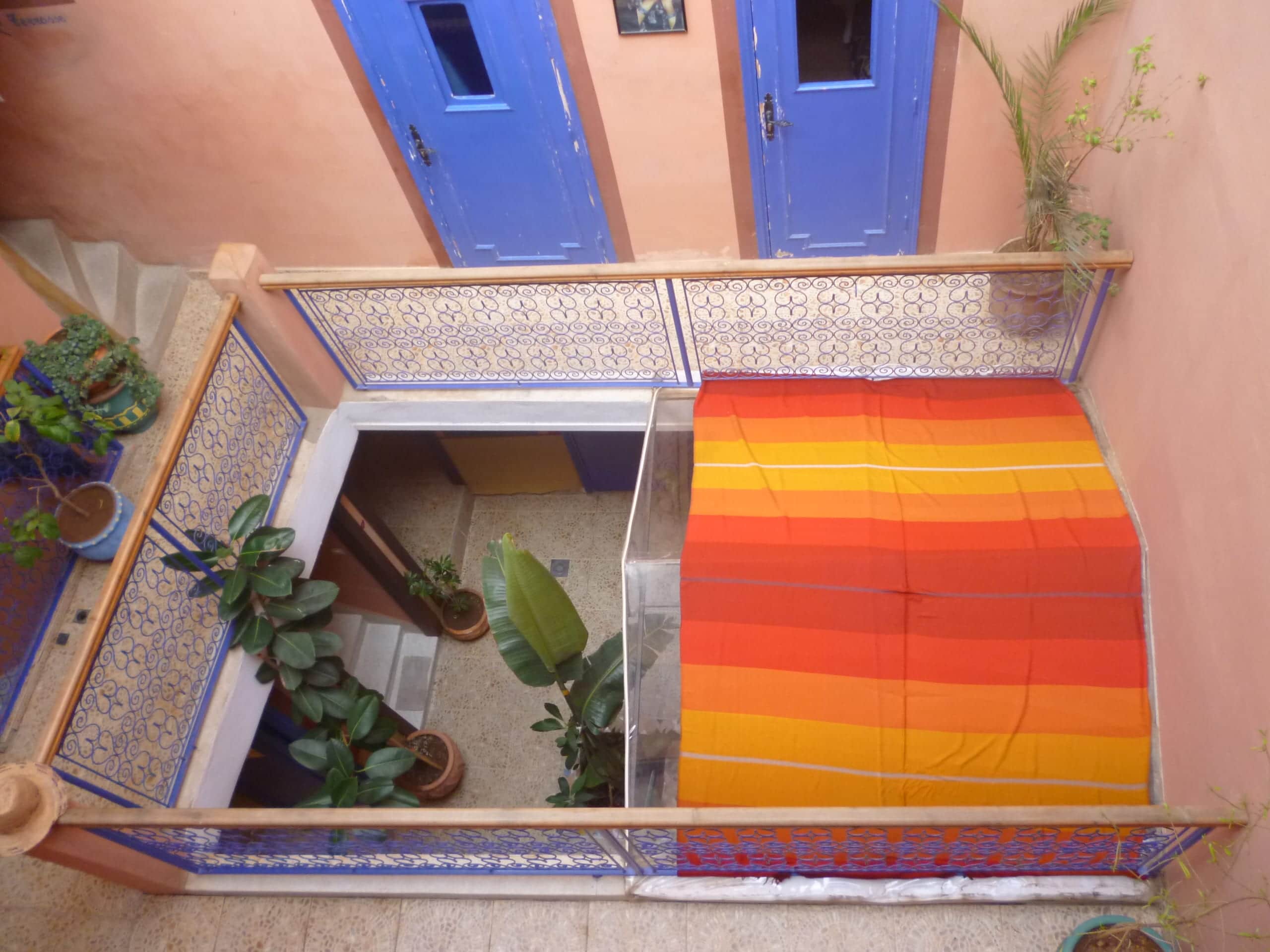
Photo by Alberto Piernas
Where to sleep: The newly opened Riad Azcona, just 800 meters from Djemaa el Fna, it has double rooms for prices ranging between 35 and 50 euros per night as well as a swimming pool in a charming courtyard and homemade breakfast included (also with the option to dine in the same riad). Another option is the Amour of Riyadh, located just two streets from Jemaa el-Fna and with prices between 15 and 20 euros per double room. A cool and pleasant accommodation with a terrace from which to contemplate the city. Riads are typical constructions in which all the corridors and rooms revolve around a central courtyard with a fountain and plants.
Do you dare to visit the souks of Marrakech?